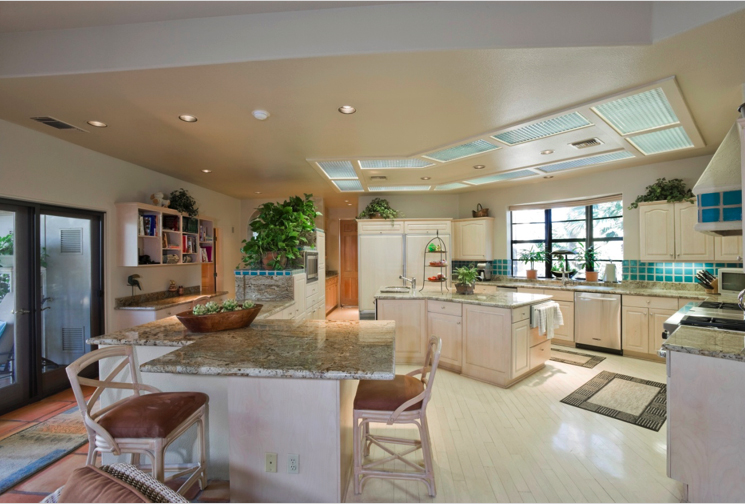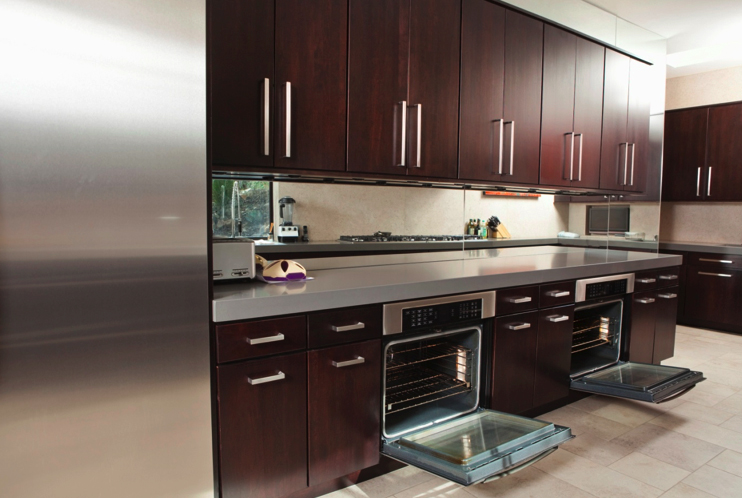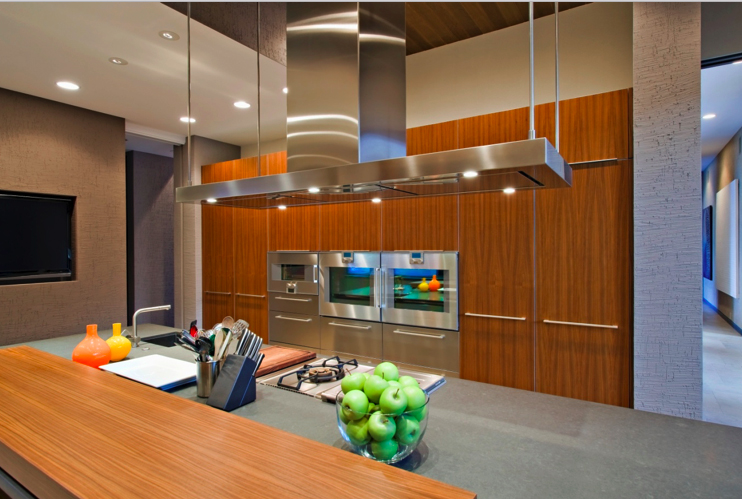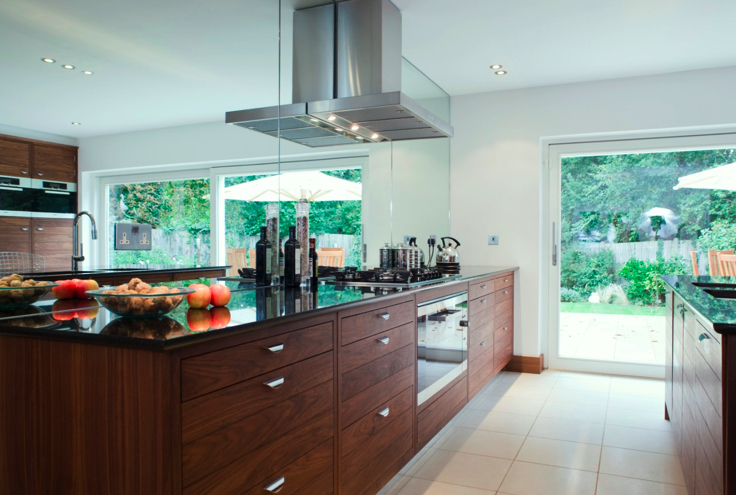
When you think of a green kitchen, do the mint- or avocado-hued monstrosities of the 70s and 80s come to mind? Thankfully, the term has a totally different meaning today, especially in the eco-conscious homeowner’s vocabulary. While there’s still room for improvement, most people understand the need for green interior design.
Whether you’re building a new home or remodeling, put some extra thought into making the kitchen environmentally friendly. For a start, put these 7 tips into action!
7 Ways to Build a Green, Eco-Friendly, and Healthy Kitchen
1. Rethink the Furniture, Finishes, and Fittings – When you shop for new cabinets, counters, flooring, and furniture, limit your search to eco-friendly products. Bamboo, cork, recycled timbers, and FSC-certified wood are popular green options for kitchens. You can also find gorgeous designs in glass or ceramic tiles, sustainable wood flooring, pre-owned dining area furniture, and other elements that add a pop of color and style to your space, in addition to being environmentally friendly.
2. Pick Non-Toxic Paints and Cleaners – Kitchens are often filled with products that give off toxic fumes, and the culprits are usually found on the walls or under the sink. There’s a huge variety of low-VOC (volatile organic compounds) paints available today, so you can add green elements to your kitchen design without sacrificing on visual appeal. Buy eco-friendly cleaning products, or you make your own with natural materials such as vinegar, baking soda, and lemon juice. See also: 7 Vegan and Cruelty-Free Cleaning Products.
3. Focus on Energy-Efficient Lighting – It’s common for kitchens to have large windows that let in natural light, so let the sunshine in rather than turning on the lights. Task-oriented lights also minimize energy waste, since they illuminate specific areas where you’re working. Furnish workspaces (counters, sinks, and cooking ranges) with energy-efficient LED lighting instead of incandescent bulbs, and make the space seem even brighter with lighter-hued cabinetry, tiles, and work surfaces.

4. Upgrade Your Old Appliances – Outdated or low-quality appliances are energy and water guzzlers, so do your budget and the environment a favor by investing in newer ones. Check the Energy Star rating (and rebates) before you buy fridges, ovens, dishwashers, washing machines, and other appliances, as well as the durability and quality. Premium products are designed to be energy-efficient and will last longer than inferior ones, leading to less waste and higher long-term savings.

5. Cut Down on Water Use – There are numerous water-efficient options for homeowners to consider, right from “grey water” recycling systems to foot pedals for sinks. Consider adding a faucet aerator, which converts water flow into smaller droplets in place of a full stream. These devices are cheap and easily available but have a huge impact on water consumption. Saving water is a priority, and ignoring this is one of the most serious kitchen remodeling mistakes you can make!
6. Go Green, Quite Literally! – Incorporate an herb garden in your kitchen design, to snag the rustic charm of a farmhouse kitchen, freshen the air in your home, and cut down on grocery expenses, all in one go. Start with simple herbs such as chives, basil, and mint if you don’t have a green thumb, or go all out with your favorites. You’ll have a sustainable supply of fresh greens and aromatics when you want them while also helping the environment.

7. Keep Recycling in Mind – Recycling bins encourage everyone in the household to separate food waste and recyclable materials, reducing the waste going into landfills. Ensure that whatever can be recycled (packaging, glass, and plastic) is placed in the appropriate bin, and keep a separate food waste container for composting. If you have a garden, a composter could be your new best friend; a composter can generate low-cost “food” for your plants. The compost can also be donated to your community garden center.
__
When it comes to green kitchen design, proper planning is key. Many homeowners unknowingly commit kitchen remodeling mistakes that make it the most energy-inefficient, wasteful, and unhealthy space in a home. Explore the market and take your time sourcing what you need and remember to make eco-friendly habits part of your daily routine too!
Have you tried any of these green kitchen remodel ideas?
Related: 10 Must-Haves to Maximize a Small Kitchen
15 Genius Home Hacks That Will Save Water–and $$$
Eco-Friendly Alternatives to Plastic Household Items
Get more like this—Subscribe to our daily inspirational newsletter for exclusive content!
__
Photos: Excella Worldwide




